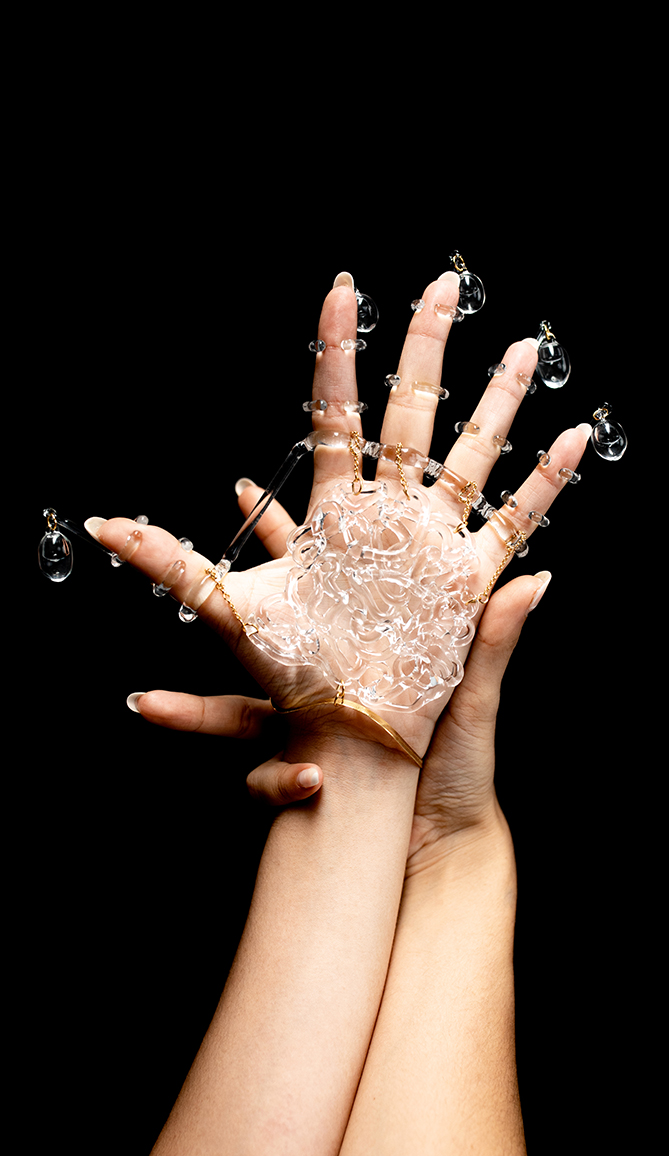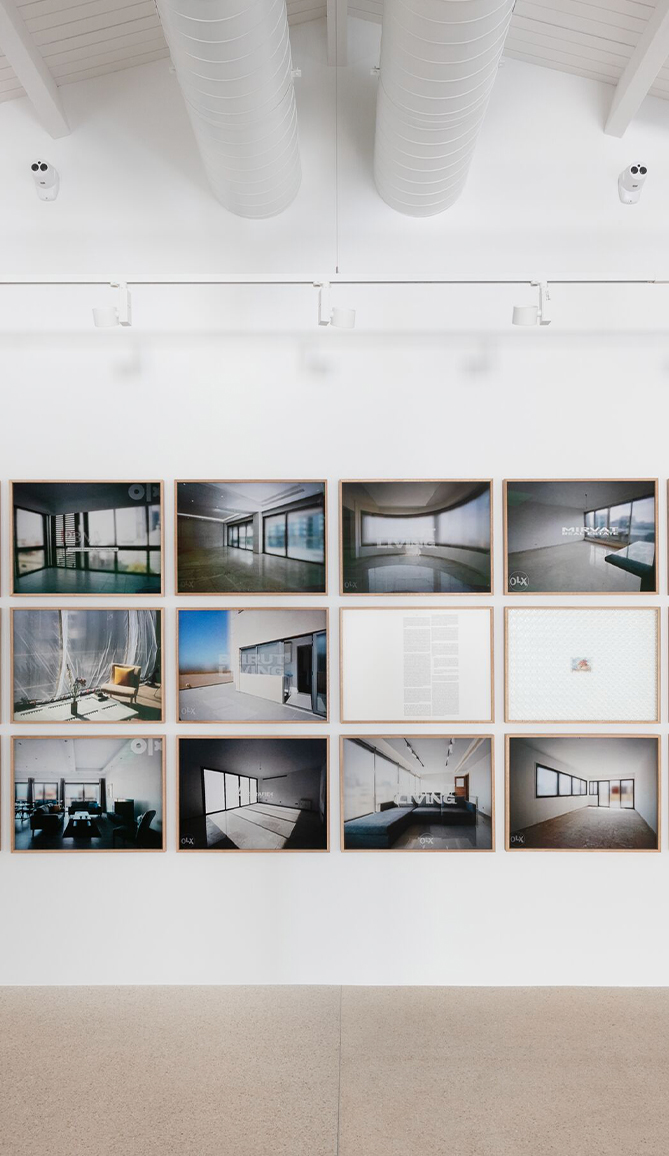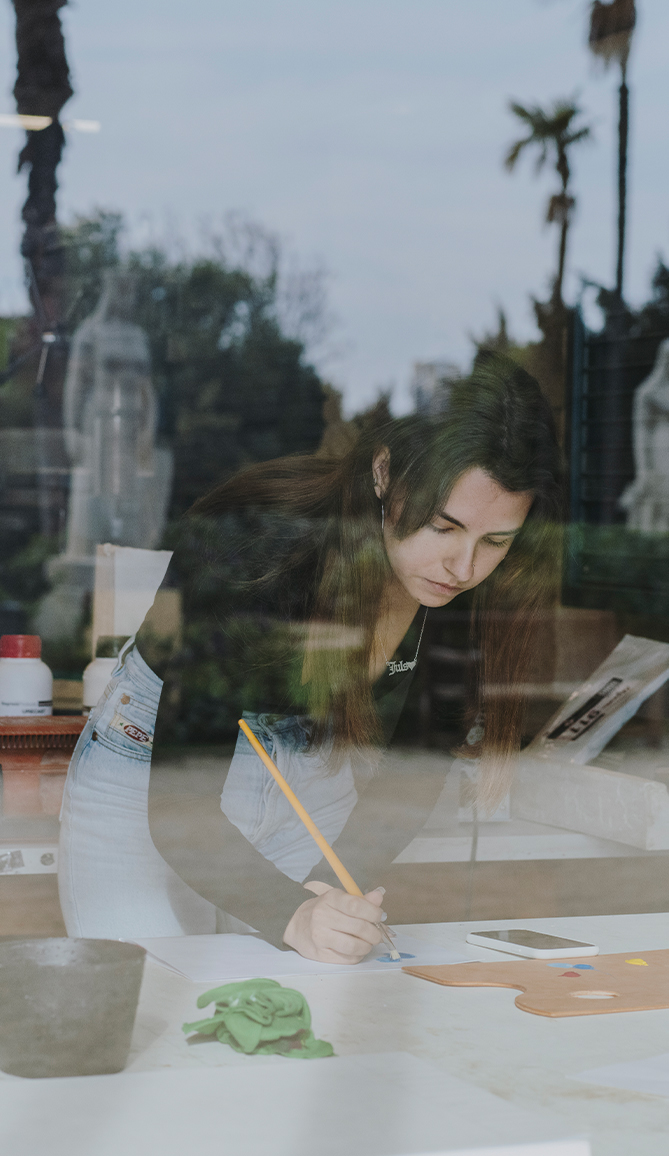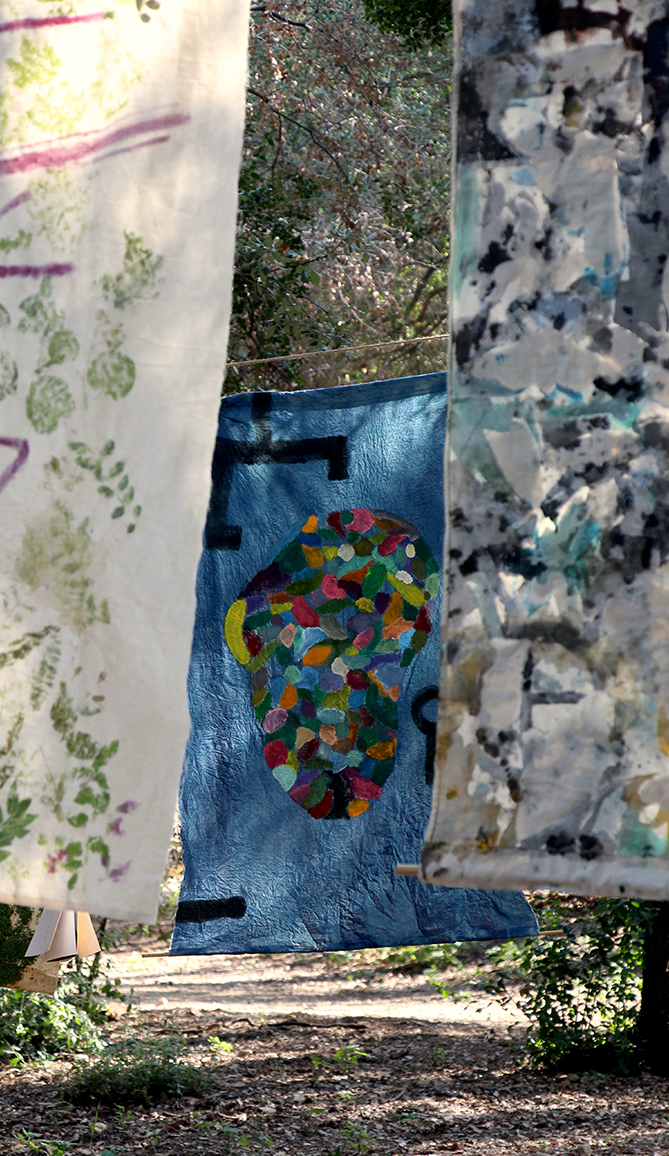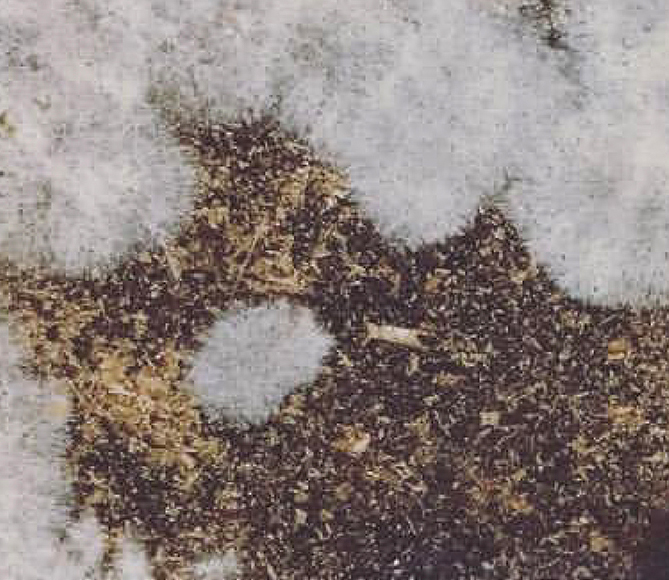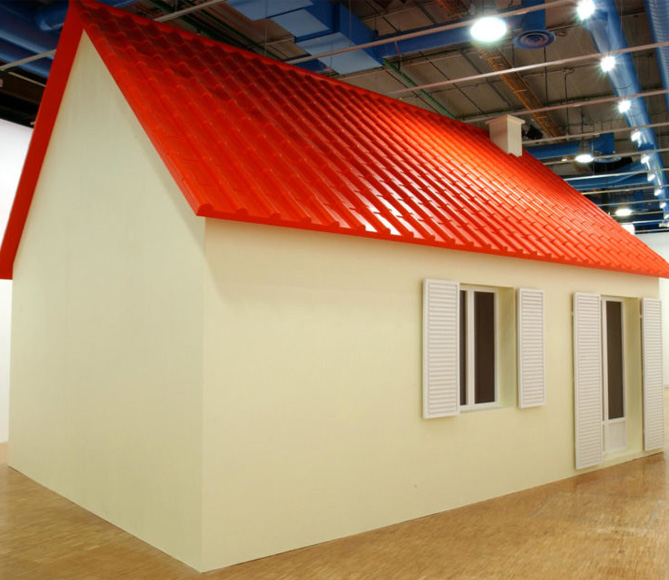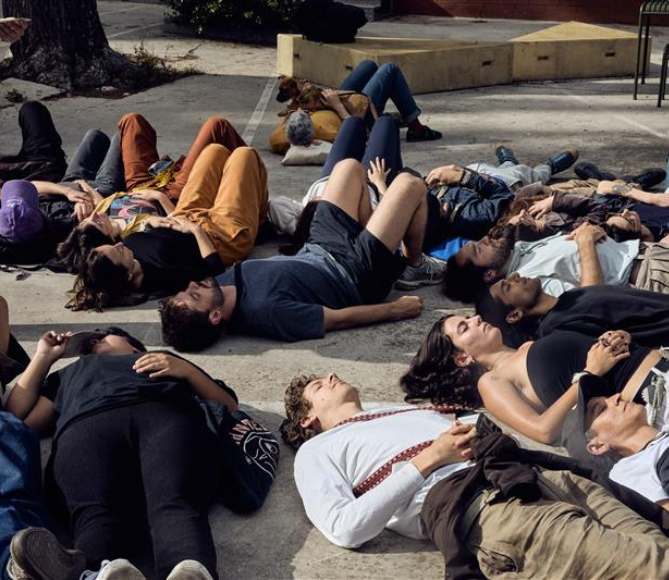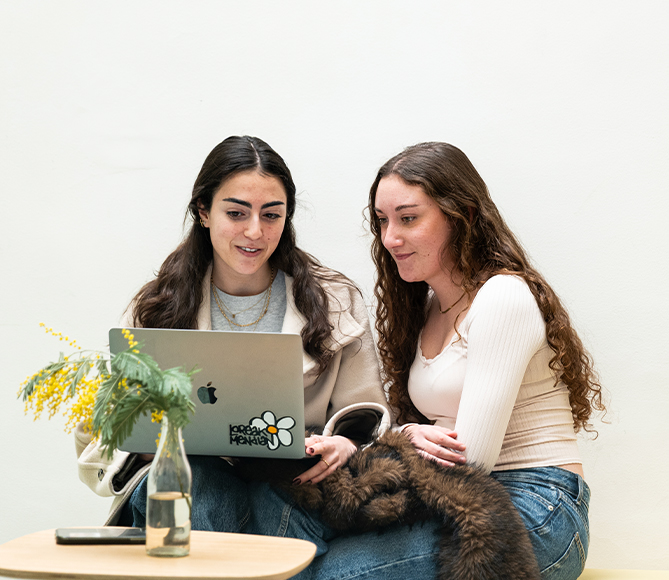Guillem Turro Casanovas, a former EINA student, started out as a graphic designer, but after studying at the London College of Fashion, he has been working for some years now in fashion, specifically in footwear design. He has worked for a number of top brands, including Carolina Herrera, Purificacion Garcia and Tommy Hilfiger.
Your career after studying graphic design at EINA has taken you into the fashion world. How did that transition come about?
Ever since finishing my Baccalaureate, fashion had been an idea floating around inside my mind, but always tending more towards accessories rather than clothes. When I looked into the courses on offer in this field in Barcelona, I saw that they were very much geared towards sewing and fabrics, which put me off. My sister Marina had studied at EINA and I knew that I found graphic design hugely interesting, even though it was all about creating images, so I felt it was my best option for starting out on my education.
During my four years at EINA, I looked into what I could do to carry on learning after I’d finished my course, and I discovered the Bachelor’s Degree in Footwear Design at the London College of Fashion (Cordwainers). It fascinated me and I didn’t doubt a second in applying (while I was in my fourth year and working on my final degree project). I finished Graphic Design at EINA in July 2011 and started in London in the September.
What has it been like working with such internationally prestigious brands?
Working under an internationally recognised identity, as you say, is a great ongoing learning exercise. Although fashion obviously has trends that come and go, when a brand like Tommy Hilfiger or Carolina Herrera makes a product, it has to be clear to the consumer that it carries their aesthetic codes. That’s why as a designer, you have to find a way between, on the one hand, what you see as being “fashionable” or what you’d like to do, and on the other, what fits in with the brand and will be commercially viable.
It’s no good going about it your own way and then sticking a label or a buckle on it with the logo... Also, obviously, you work in large teams with a lot of people with their own opinions, which is sometimes a great help in combining forces to find the best possible version of that shoe, and sometimes it becomes an endless misunderstanding that ends up in the cancellation of a model that you’d completely put your trust in.
What do you remember most about your time at EINA? What are the things that have helped you the most in the professional and/or personal world?
I’ve got very good memories, both professional and personal, and I never stop thinking how much having started out here has helped me. The theoretical foundations of the History of Art and Design that I was taught have given me endless memories and references that I still use constantly as a source of inspiration. If it hadn’t been for my time at EINA, I’d never have learned what I know of William Morris, Herb Lubalin, Memphis Milano, Nan Goldin... a whole visual universe that fascinates and motivates me every day.
Also, at a practical level, even though I found it a bit heavy going at the time, knowing how to use Adobe design software (which is also used in fashion) helps me hugely now. To tell the truth, it made a lot of my classmates in London pretty jealous.
What are you working on now?
After more than 4 years in such corporate environments, I decided to take the plunge and work for myself to have a go at working in footwear design as a freelance. This has given me the opportunity to work on projects that would never have come my way before now: smaller adventures with young design entrepreneurs, and even special and unique pairs for audiovisual productions.
Taking part in a video clip for a queer artist and another for a drag queen (in RuPaul's Drag Race) have been two extremely enjoyable projects where I’ve been able to release all my creativity with the style I wanted, which I’d never have been able to do for commercial brands.
What are your plans for the future
Evidently, this approach as a freelance that I have now, despite being freer, brings difficult moments with it and times of famine, the same as in every aspect of design. We don’t know yet what the changes that the present Covid-19 crisis will lead to in the fashion industry, but there will be changes and lots of them.
When I take on projects, as far as possible I try to produce a more or less ethical product, reusing as many materials as I can, which I think also gives some soul to the shoe (using elements from the past). I’d love to carry on doing it or to find a stable job as a member of a team in a company where these values of doing fashion in new ways are shared.
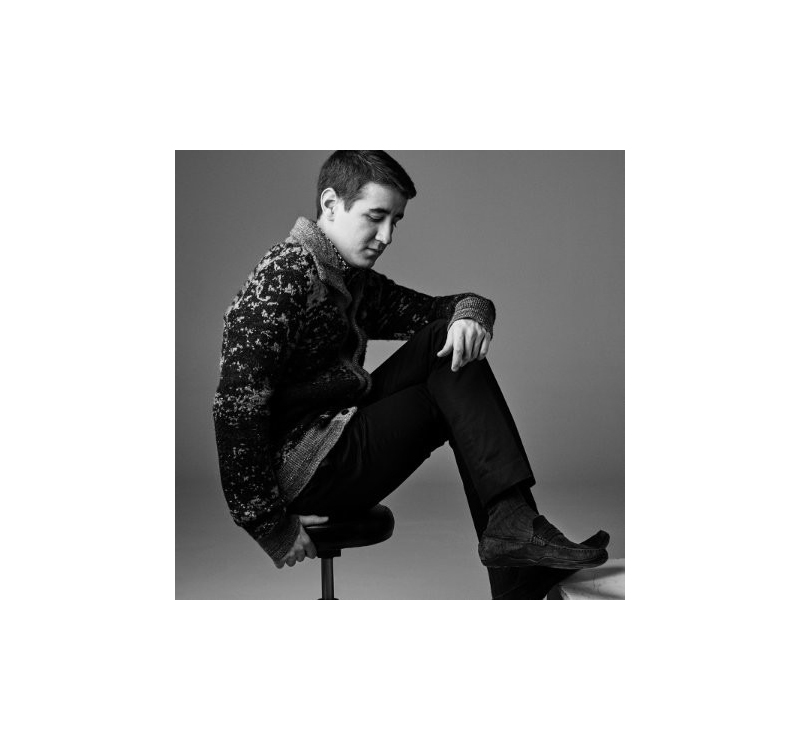 Guillem Turro Casanovas, graphic and footwear designer
Guillem Turro Casanovas, graphic and footwear designer
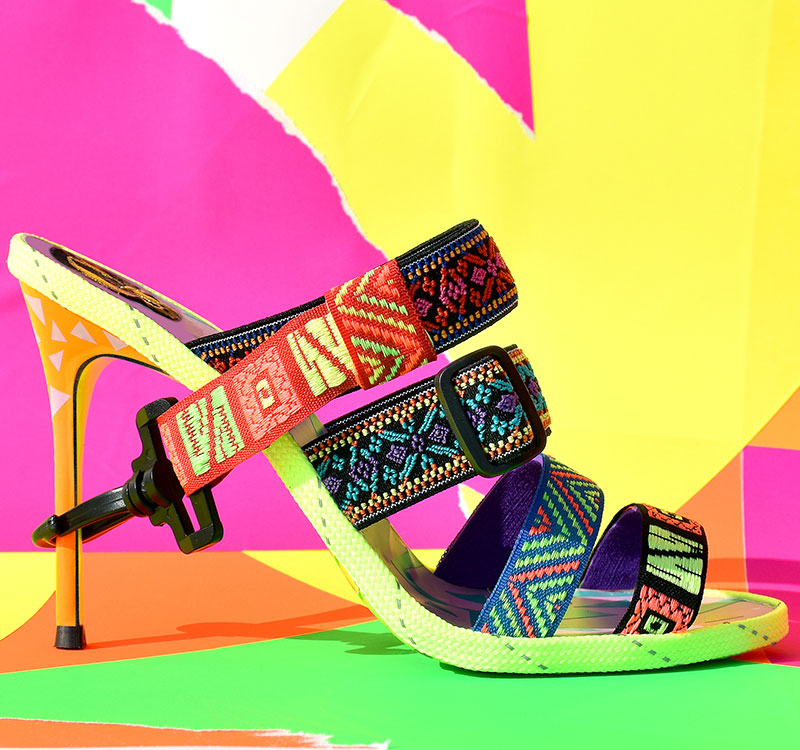 Design by Guillem Turro Casanovas
Design by Guillem Turro Casanovas
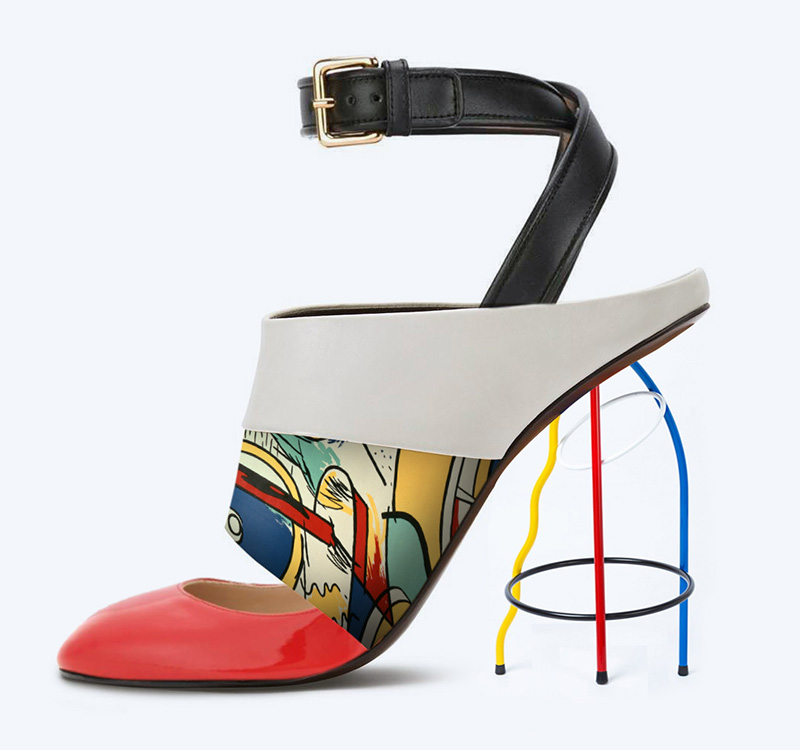 Design by Guillem Turro Casanovas
Design by Guillem Turro Casanovas
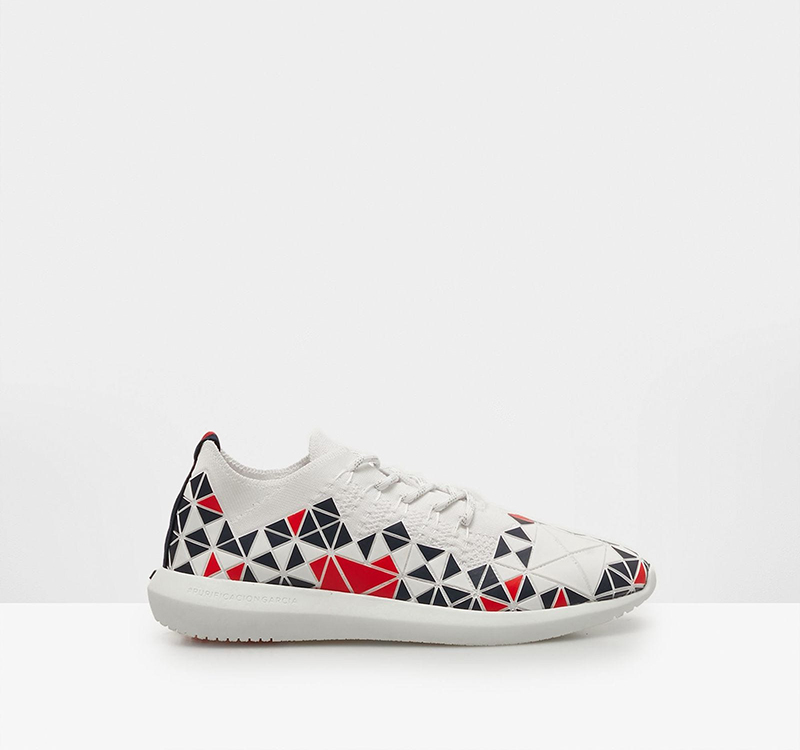 Design by Guillem Turro Casanovas
Design by Guillem Turro Casanovas
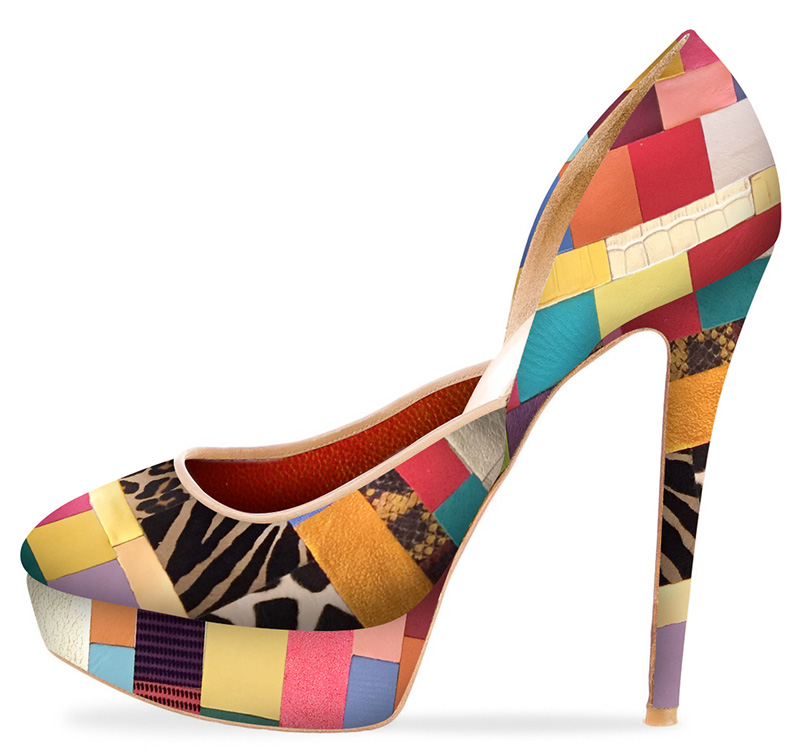 Design by Guillem Turro Casanovas
Design by Guillem Turro Casanovas
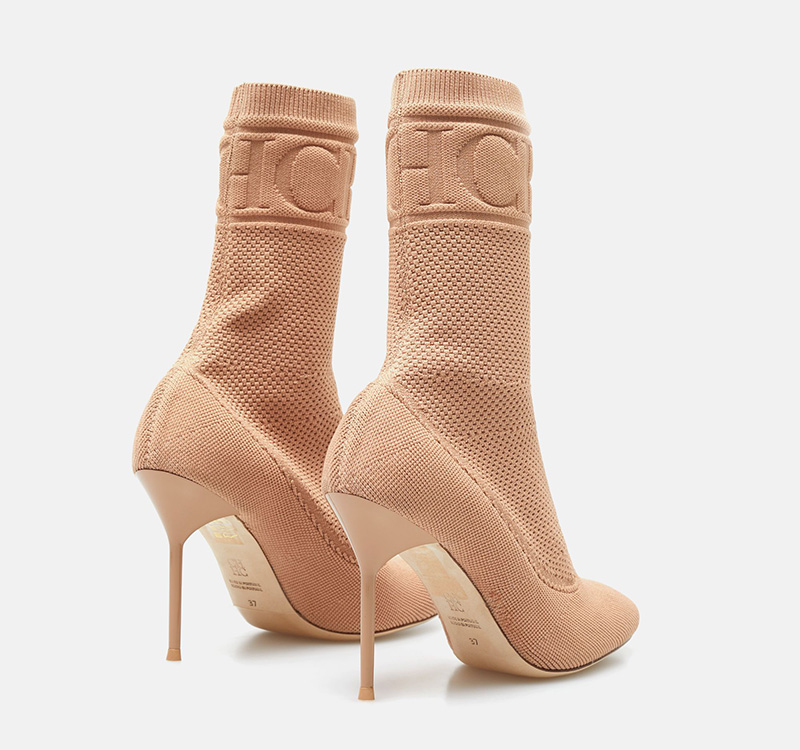 Design by Guillem Turro Casanovas
Design by Guillem Turro Casanovas
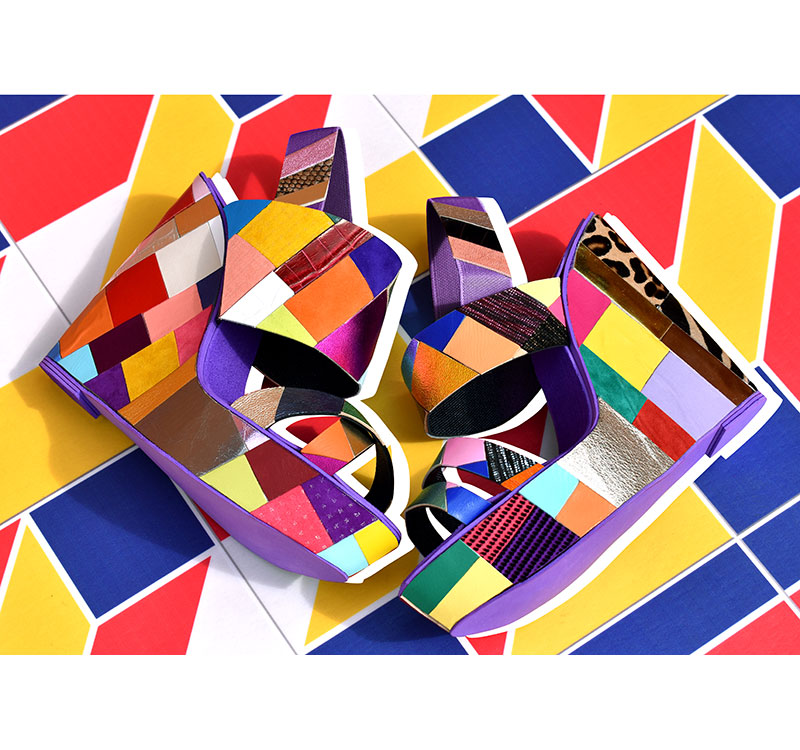 Design by Guillem Turro Casanovas
Design by Guillem Turro Casanovas
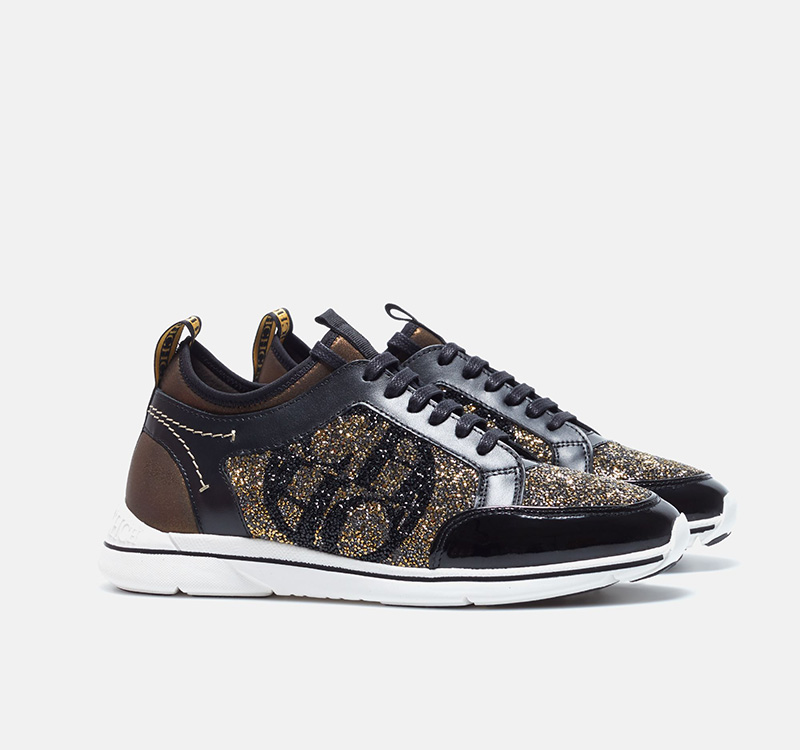 Design by Guillem Turro Casanovas
Design by Guillem Turro Casanovas
